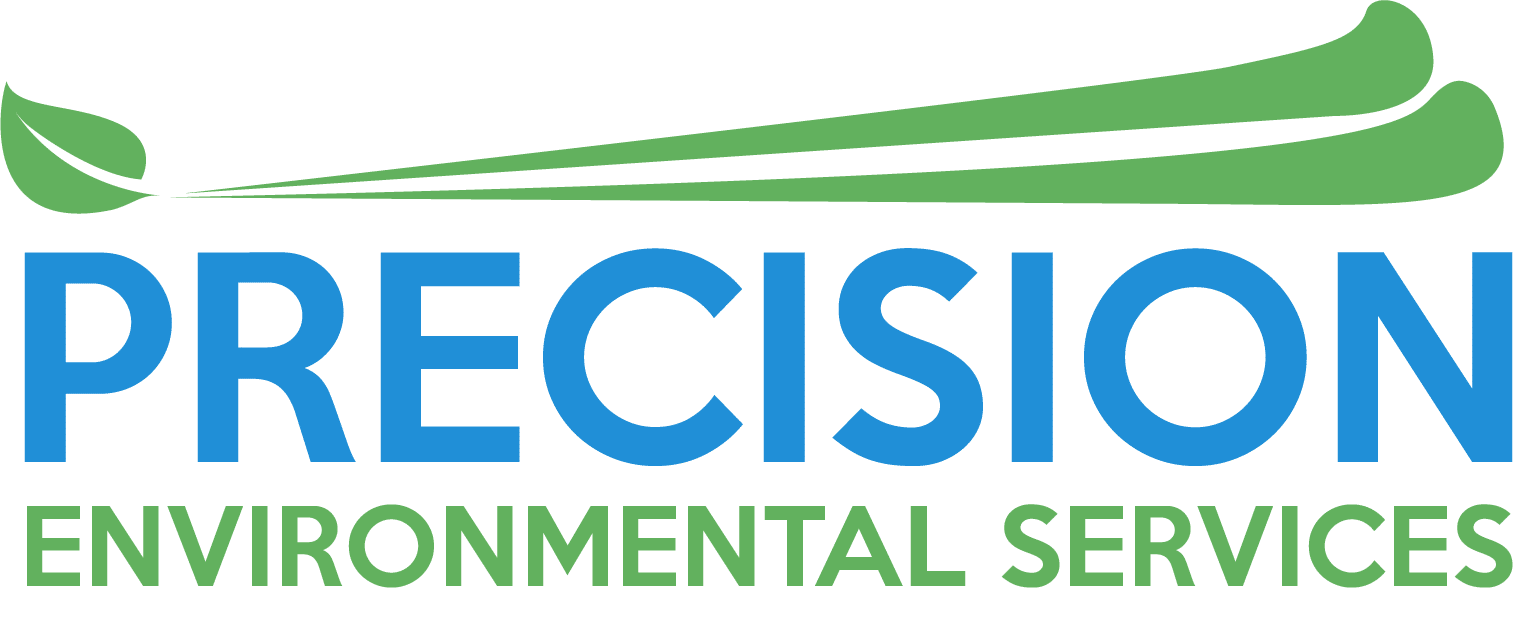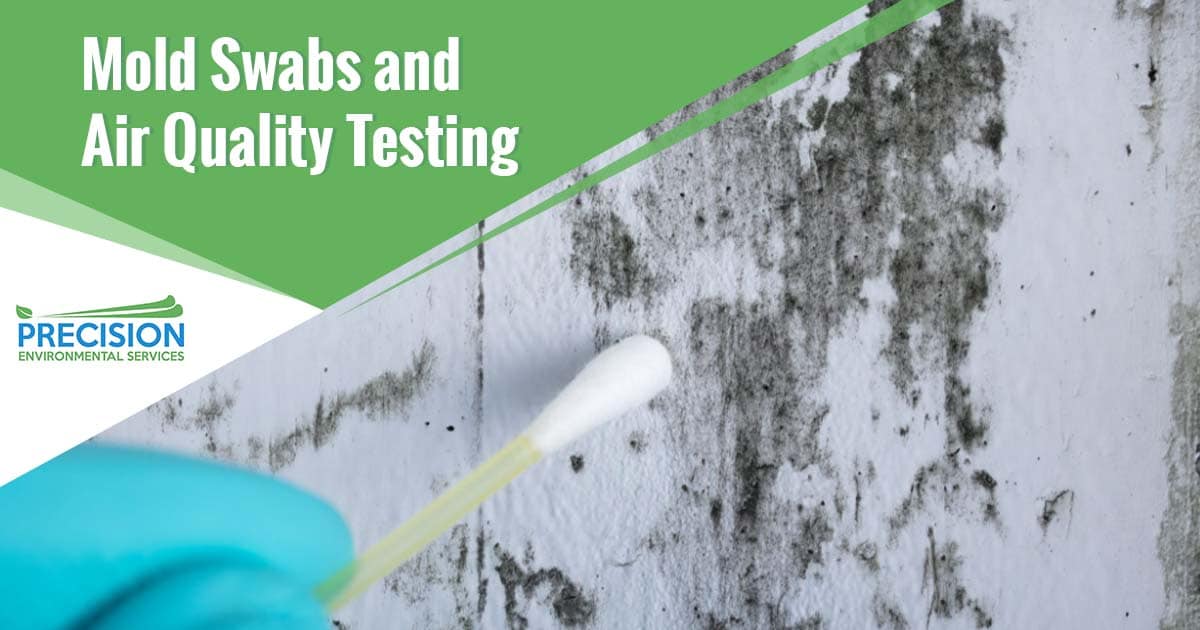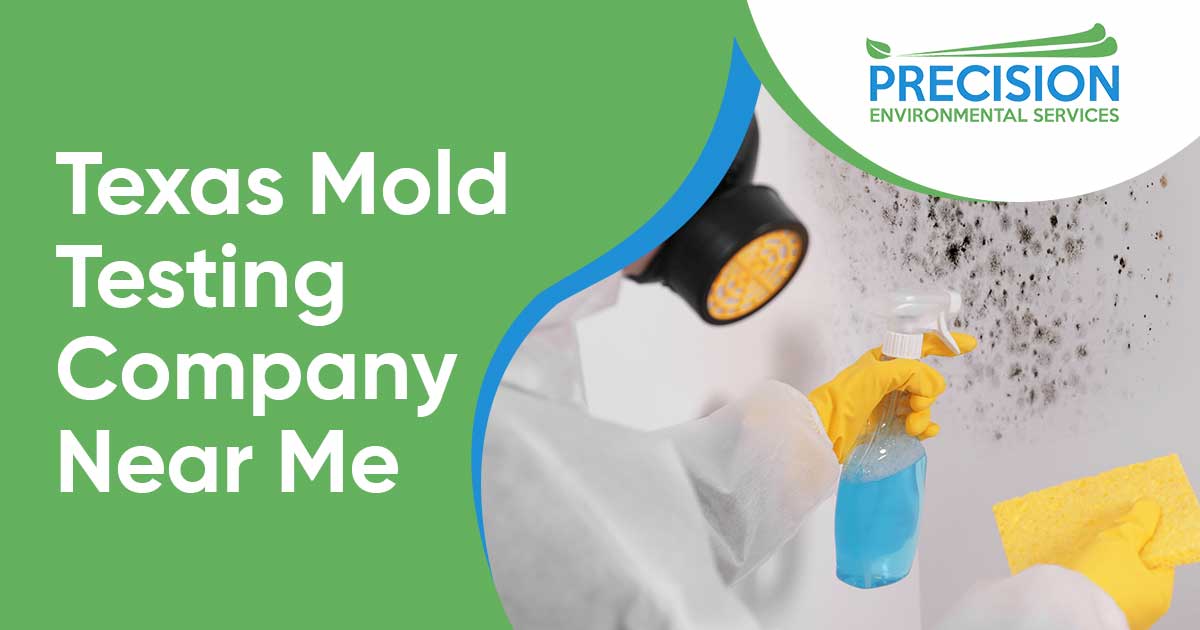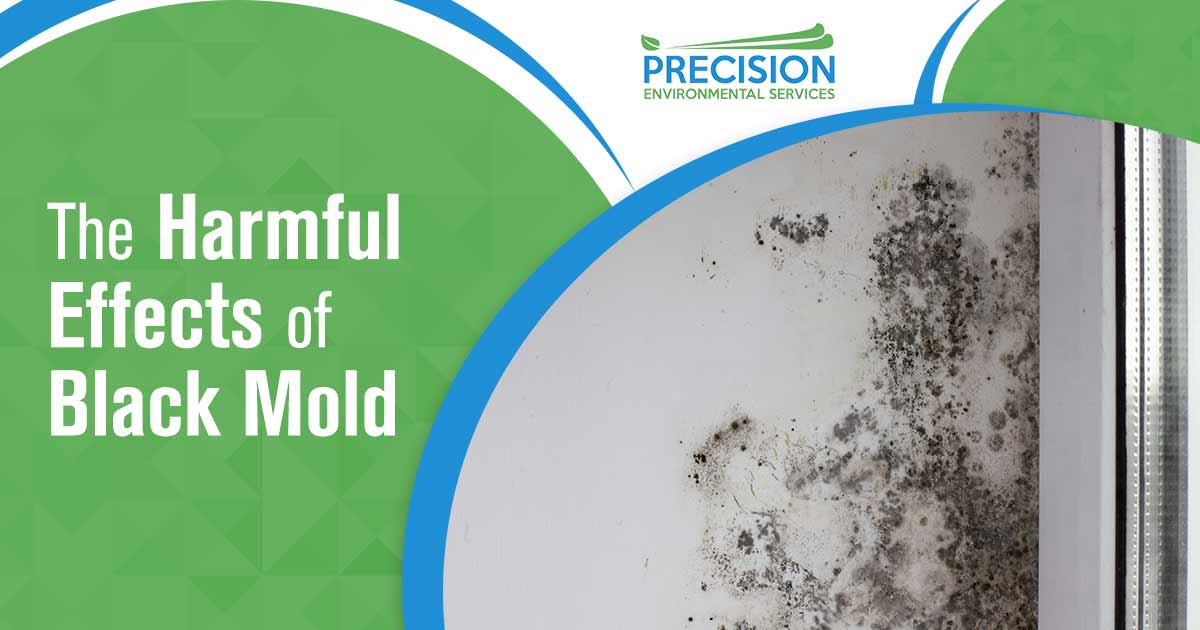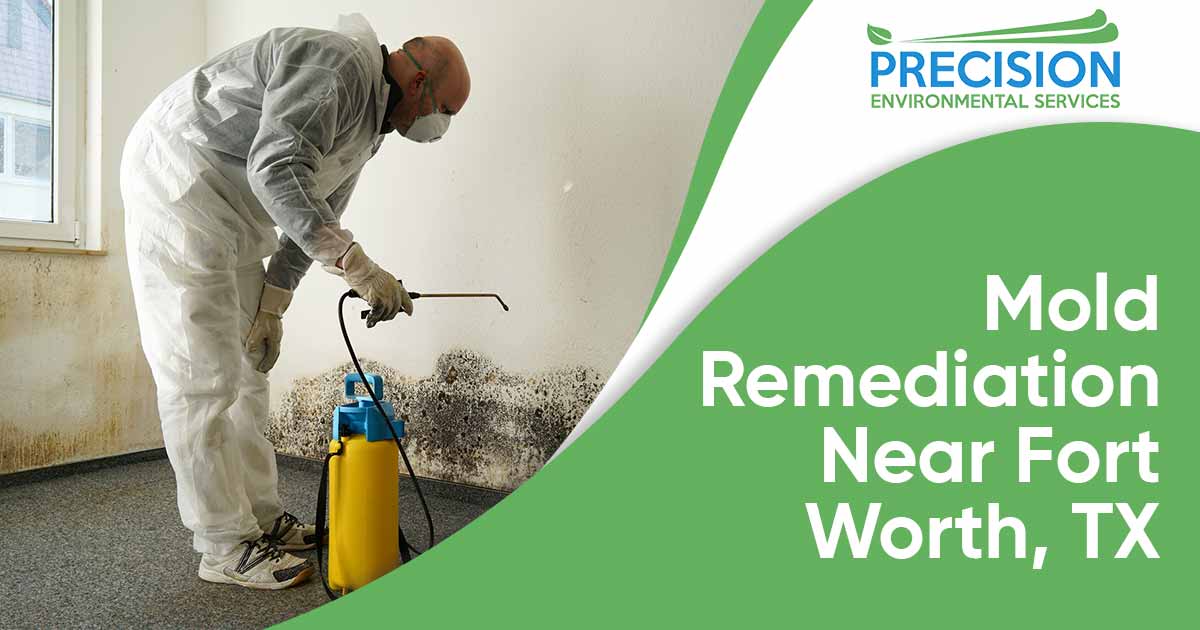Mold swabs and indoor air quality tests are both utilized to detect mold and diagnose mold issues that can lead to health problems. However, these two types of tests are not the same and one tends to give more information than the other. The last thing anyone wants in their home is a mold infestation. Thankfully, these sampling methods make testing for mold easy.
Air Quality Testing
An indoor air quality test involves taking samples from the air in your house and examining them under a microscope in a lab to evaluate the levels and type of mold spores in the air sample. This test is also useful for detecting other particles in the air such as asbestos fibers, pollen, dust, and other allergens.
These types of tests are sometimes used to discover if there’s a mold problem when you’re unable to find the mold growth itself. However, the test results of indoor environmental testing can vary drastically in different areas of your home and at different times of the day. For this reason, you may want to consider testing various parts of the home at different times of the day to get a good idea of the particles found in the air in your home.
Indoor air quality testing is a great way to understand what components may be contributing to allergy problems or other ongoing health concerns for you or a member of your family.
Mold Swabs and Surface Samples
Mold swabs use samples taken from household surfaces to detect mold growth and spores. After swabbing surfaces, the sample is sent to a lab for examination. As with indoor air quality testing, mold swabs and surface samples can have varying results. This is because mold spores and mold growth isn’t typically evenly spread across all surfaces in the building and they can also change over time.
If you’re using mold swabs and surface sampling, then it’s a good idea to test different surfaces throughout your home at different times. You may also wish to check surfaces that aren’t cleaned very often in comparison to those that have been cleaned more recently. Having multiple testing points and times gives you a better idea as to if you truly have a mold problem.
Unlike indoor air quality testing, surface swabs aren’t able to identify the spore concentration in the air. This is why many people use these two tests together to get a clear understanding about their mold issues.
Why You Should Test for Mold
There are a number of reasons why you may want to test for mold. Untreated mold colonies can lead to health problems as well as structural damages in a building. If you’re buying a home and want to ensure your family doesn’t have to worry about the health concerns associated with mold, then you may want to ask for a mold inspection or mold testing in addition to your home inspections.
If you already live in the home and you begin to notice signs of mold such as odors or if you or a family member begins to experience the symptoms of mold exposure, then it is a good idea to test for mold. Likewise, if you can see visible mold growth in your home then you can use testing to identify the mold species.
Some people also use mold testing to find the central area of their mold problem. If there are higher mold spore counts in a specific part of your home, then there’s a good chance that’s where the problem originates. And, finally, some homeowners choose to test for mold after they’ve gone through mold remediation to make sure that the mold removal was a success.
Identifying Species of Mold
Some people already know they have a mold problem but want mold testing to understand what mold species is growing in your home. This can be important if you’re worried about black mold or another toxic mold. If you do have toxic mold in your home, then safe mold removal becomes a bit more complex. It’s best to have toxic molds removed by professional mold removers. The only way to identify a species of mold is for a mold expert to examine it through a microscope.
Common Places Mold Thrives
There are some places where mold really thrives in the home. If your mold test has led you to a specific part of your home but you still can’t find the mold, here are some good places to look. It’s important to remember that mold needs moisture to survive. Without moisture, the mold spores won’t grow, even if they’re present in the air. This is why it’s important to keep a clean, dry home.
If you’ve had any areas in your home that have been exposed to a significant amount of moisture that took longer than 48 hours to dry, that area could be a mold issue. It’s important to also understand that mold can hide in porous materials such as carpet padding, drywall, and more. This is especially true in areas or rooms with high levels of humidity. If your home is naturally humid, you may want to invest in dehumidification equipment such as vents, fans, and a dehumidifier.
Other common places for mold to grow include:
- Air conditioners
- Attic
- Basement
- Below sinks, showers, and tubs
- Around radiators
- Near roof leaks
- In windowsills
These are just a few of the many places mold can grow.
Mold Removal
If you find yourself in a mold situation, it’s a good idea to call professionals to assist.
It can be quite challenging to find and remove all the mold because it often hides between walls and under floors. The best way to combat mold is to have it professionally removed while eliminating the source of the moisture it was feeding on.
If you have any questions about mold testing, air quality testing, or mold remediation, then call the experts at Precision Environmental Services today. We can help you evaluate your mold problem and let you know what the best next steps are in your situation.
